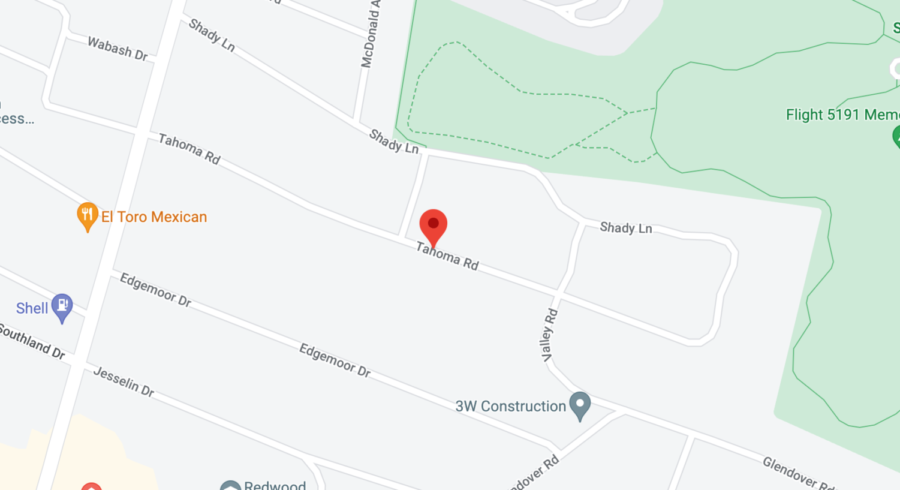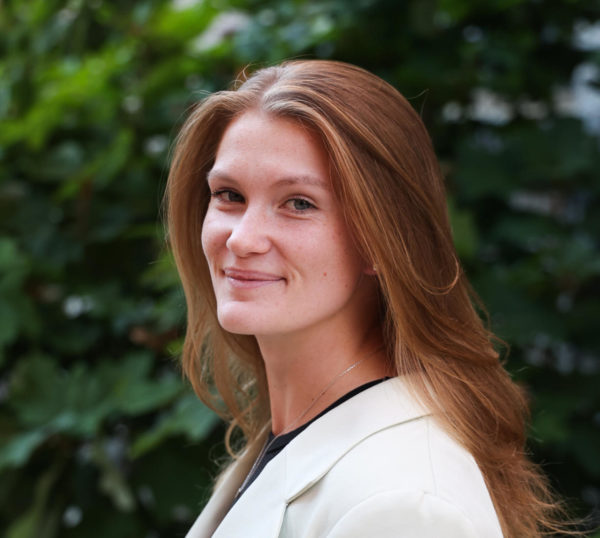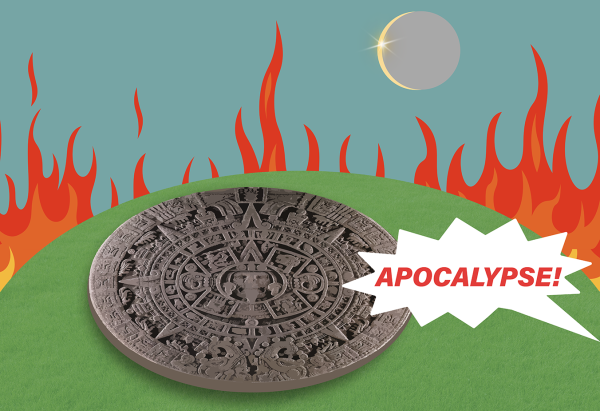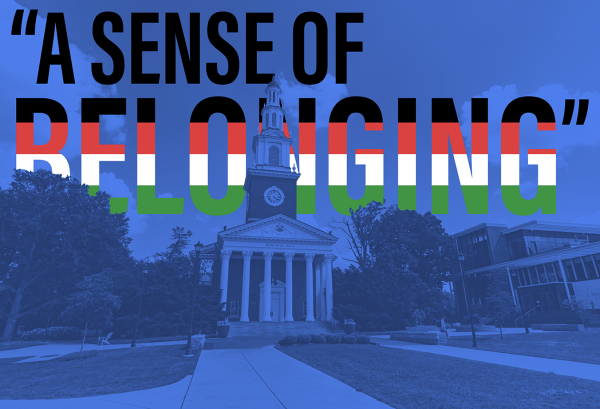The legend of Tahoma Road: A terrifyingly tired tale of privilege and suburbia
December 16, 2022
Twelve years after Kentucky folklore writer and former Western Kentucky University professor William Lynwood Montell published his book, “Tales of Kentucky Ghosts,” I enlisted the help of some friends to track down an alleged haunted house in Lexington, Kentucky.
In all honesty, it was an impulsive investigation. I knew that supposedly the haunted house was on Tahoma Road, a street off of Nicholasville Road that runs right behind UK’s Arboretum.
I was reminded of the story on the way back from a midnight hockey game when we got on Nicholasville Road, and so I mentioned the story to my friends in the car.
After very little discussion, we decided to try and scout out the haunted house off Tahoma Road at two in the morning. We were half delirious from standing in the crowded ice rink bleachers with nothing but Styrofoam hot chocolate to keep up energy.
We turned onto the street, and our hunt began.
It was funny at first. We tried to psyche each other out: we grabbed each other’s shoulders and shouted suddenly when we passed unlit houses.
The neighborhood itself wasn’t all that creepy; even though the night was dark, landscape display lights illuminated the streets. They pointed up at two-story brick houses and well-trimmed bushes.
Every once in a while we would pass a series of totally dark lots. I told my boyfriend to slow down so we could get a better look at the face of the houses.
“None of these even look abandoned,” I said. I was confused … Montell’s book told of a house that had been deserted for years.
Once we got to the back of the neighborhood, we all agreed that the only thing scary about this road was the feeling of being trapped in the epitome of suburbia.
It was true — upper-class residents obviously owned these homes, and there was a scary similarity between all of them.
I grew up in a similar, though perhaps slightly less wealthy, white neighborhood. Most of my neighbors were moderately well-to-do and lived in one or two-story brick houses.
Summers were fun on my street. All the neighborhood kids would ride bikes together, visit each others’ houses and go swimming in one of the few backyard pools.
I loved growing up in my neighborhood, but I recognize that I grew up in a very privileged part of my small town. My mother said she used to call our neighborhood “Snob Knob” because of the wealth that lived there.
Privilege is a delicate term for some people, though it’s really just a matter of the bias in our history. Privilege represents something you were born into, something that gives you more freedom and opportunity and something that often has to do with your race or gender.
White privilege is a real and pressing topic in today’s political climate, and it’s the reason “white suburbia” exists.
If you are unfamiliar with the term white suburbia, let me offer a brief history: the National Low Income Housing Coalition talks about the event of “white flight” that occurred in the 1930s when the government offered low mortgage rates for low-middle class white families if they moved to modern-day suburban neighborhoods.
At the same time, the government redlined the urban housing districts where Black residents lived. The Federal Housing Administration refused to insure mortgages in and around the redlined areas.
The result: white families were able to afford newer housing on more spacious lots while Black families were forced to shelter in population-dense housing in city centers.
Neighborhoods remained mostly segregated for decades after the white flight phenomenon. However, demographic statistics from Pew Research Center in 2018 shows that urban and suburban communities are beginning to greatly diversify.
Non-Hispanic whites have been the minority in urban areas since 2000, and they remain a majority in suburban areas by less than 15%. This difference is expected to decrease as other racial and ethnic populations increase.
These figures are encouraging when thinking about integration of all people in neighborhoods that were previously dominated by one group or another, but they don’t fix the fact that minorities were held back from better and more modernized housing for decades.
In order to avoid the scary reality of segregated suburbias, we must start taking steps to reverse the damages that have been done in the past. Our generation must take charge when it comes to the future of housing, community-building and equity for all people.
Diversity in any community is a great asset to an area’s culture, sense of social awareness and empathy. Embracing our differences and working to provide equal opportunities for all people is critical for the success of our generation.
Without diversity, our future neighborhoods will continue to look like the Tahoma Road, haunted with the inescapable ghosts of discrimination and prejudice.




















































































































































